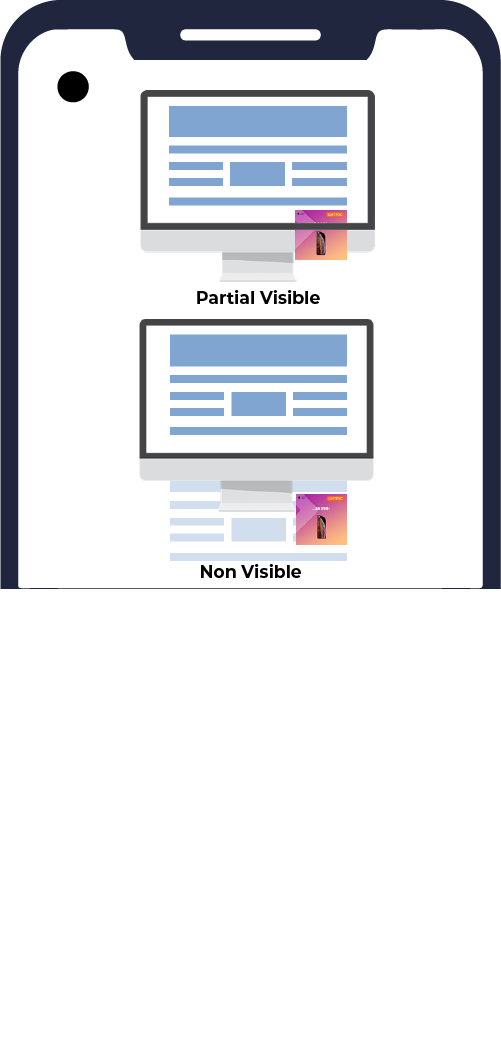Struggling with
AdTech Fraud?
Stay one step ahead with ClearTrust !
We received your message and will contact you back soon.
Error sending please try again
One of the best fraud detection tool in the market
Since implementing ClearTrust, we have seen 85% drop in our pre-bid IVT entering network
Ashwin , 14/08/2022















